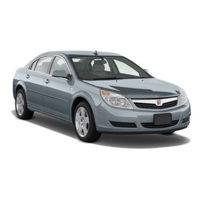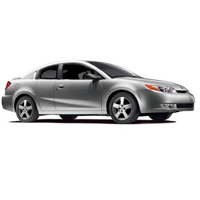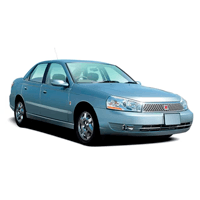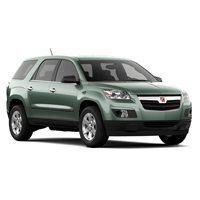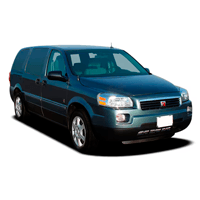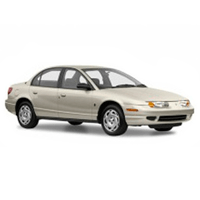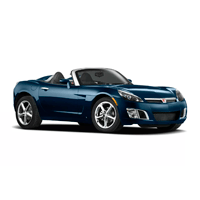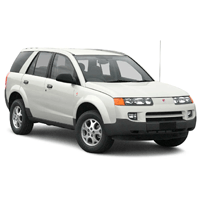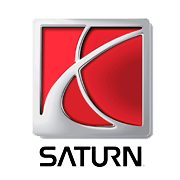
Catalog / Saturn
Saturn: A Bold Experiment in American Auto Manufacturing
Saturn Corporation, a former division of General Motors (GM), was founded in 1985 as a response to the growing success of Japanese automakers in the United States. Positioned as 'A Different Kind of Car Company,' Saturn aimed to revolutionize American car manufacturing and sales practices.
The brand was officially launched in 1990 with its first model, the Saturn S-Series. This compact car quickly gained popularity due to its innovative plastic body panels that were resistant to dents and rust. Saturn's approach to customer service was equally revolutionary, featuring no-haggle pricing and a focus on customer satisfaction that was uncommon in the industry at the time.
Throughout the 1990s, Saturn expanded its lineup to include additional models such as the L-Series midsize cars and later the Vue SUV. The brand's peak came in 1994 when it sold over 286,000 vehicles. Saturn's unique corporate culture and customer-first approach created a dedicated fan base, with owners participating in annual 'homecoming' events at the Spring Hill, Tennessee factory.
However, despite its initial success and cult following, Saturn struggled to maintain profitability. The cost of developing unique platforms and powertrains for Saturn, separate from other GM brands, proved to be a significant financial burden. In the early 2000s, GM began to integrate Saturn more closely with its other brands, sharing platforms and designs.
The 2008 financial crisis dealt a severe blow to the already struggling brand. Despite attempts to revitalize Saturn with new models like the sporty Sky roadster and the hybrid Vue Green Line, GM announced plans to discontinue the brand in 2009 as part of its restructuring efforts. After a failed attempt to sell Saturn to Penske Automotive Group, the last Saturn vehicle rolled off the production line in October 2009.
Saturn's legacy lives on as a bold experiment in American auto manufacturing. While ultimately unsuccessful, many of Saturn's innovative practices, such as no-haggle pricing and a focus on customer satisfaction, have since been adopted by other car manufacturers and dealerships across the industry.


